Temple and Cemetery of Confucius and the Kong Family Mansion in Qufu
By Ruth Silbermayr
What are the Temple and Cemetery of Confucius and the Kong Family Mansion in Qufu?
Collectively known as “San Kong” (三孔, Three Confucian Sites), this UNESCO site has three components:
- The Temple of Confucius: a large temple built in traditional Chinese architectural style, dedicated to the worship of Confucius, featuring a spacious courtyard and smaller buildings.
- The Kong Mansion: the residence of the Kong clan (Confucius’ descendants; “Kong” is Confucius’ family name in Chinese)
- The Cemetery of Confucius: a beautiful, sprawling graveyard with the graves of many members of the Kong clan. Confucius’ own grave is here too.
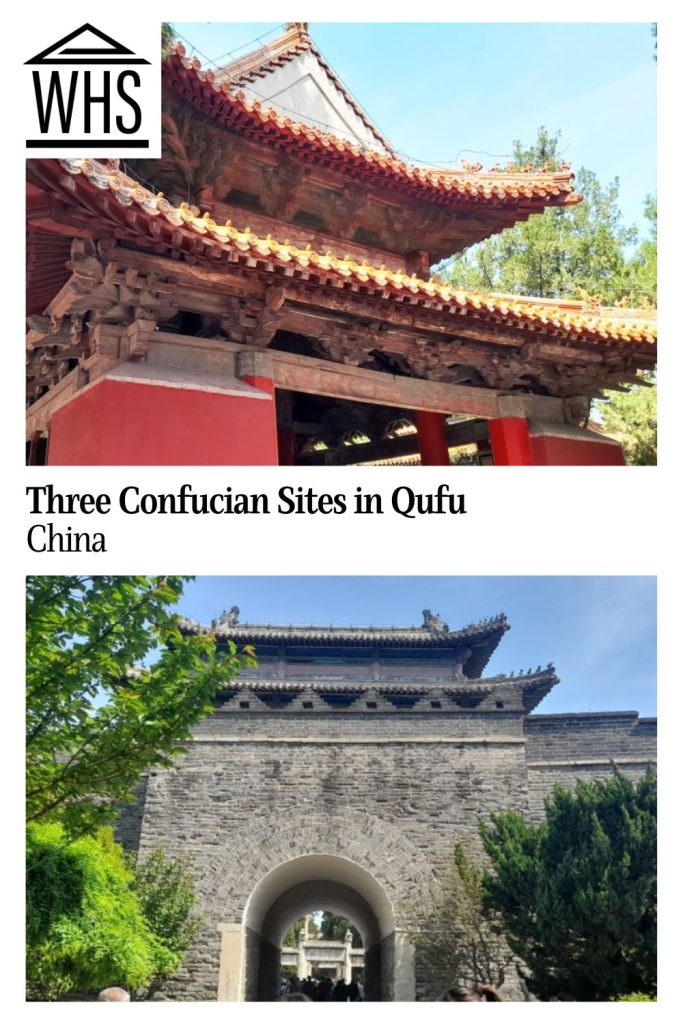
Disclosure: This article contains affiliate links. Making a purchase through an affiliate link will mean a small commission for this website. This will not affect your price. Privacy policy.
Why are the Three Confucian Sites a UNESCO World Heritage site?
The Three Confucian Sites became a UNESCO World Heritage site in 1994 because of their many ancient buildings: an “outstanding architectural complex which demonstrates the evolution of Chinese material culture” over many centuries, according to UNESCO. The location is also significant as Confucius’ hometown, given the “contribution of Confucius to philosophical and political doctrine in the countries of the East” over those many centuries.
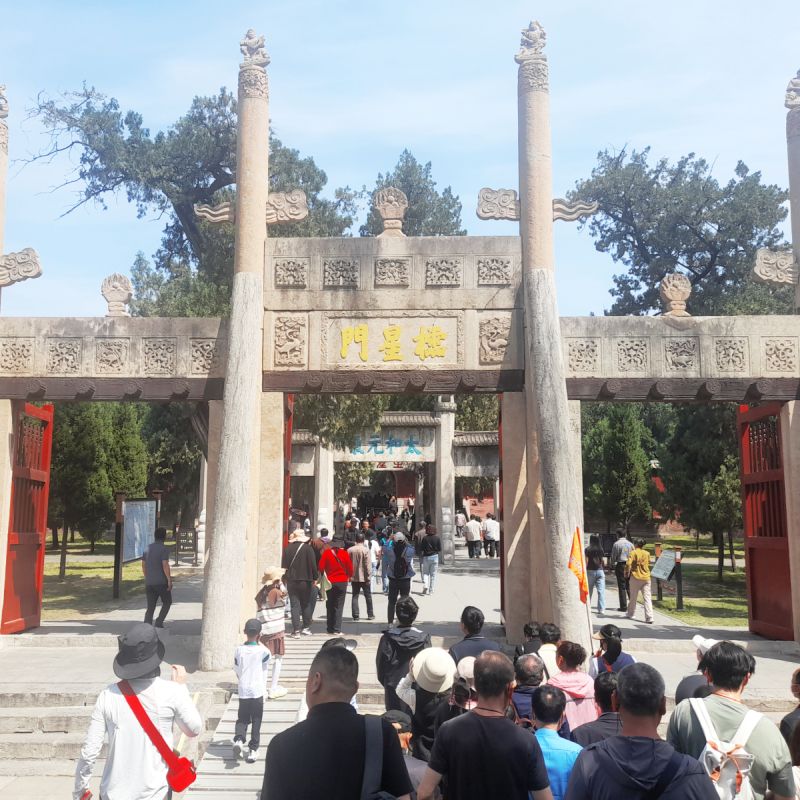
What can you expect on a visit to the Temple and Cemetery of Confucius and the Kong Family Mansion?
At the Three Confucian Sites, you’ll encounter some of China’s most important cultural landmarks. Confucius, the country’s most influential scholar, has shaped Chinese philosophy and society for centuries. His teachings are still widespread today, and he is revered as one of the most important figures in Chinese history.
The sites feature beautiful ancient architecture, though some parts (particularly at the Kong Mansion) have been rebuilt. The temple alone includes 104 buildings on about 14 hectares (35 acres), dating to a range of dynastic periods. It includes many artworks: hundreds of stelae and carvings depicting Confucius’ life.
The Kong family residence has 170 buildings today on seven hectares (17 acres), having evolved over the centuries from a single family home to a whole complex where the direct descendants of Confucius lived. In the 19th century it was destroyed by fire but was then rebuilt. You can see how the Kong family lived and where their ancestors were buried, as well as many collections of objects related to the family.
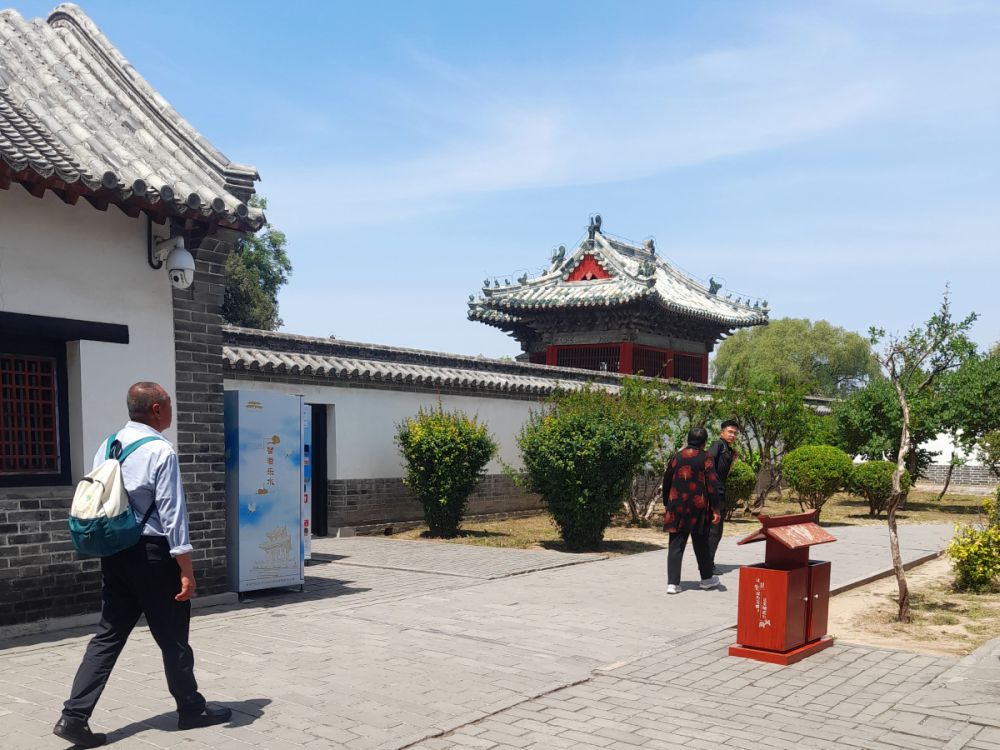
The Cemetery of Confucius contains the tomb of Confucius and the graves of 100,000 of his descendants on 183 hectares (452 acres).
As you’re planning your trip, consider visiting other UNESCO World Heritage sites in China, such as Mount Taishan, which isn’t far away from the Three Confucian Sites. If you’ll be in Beijing, see the Summer Palace and the Temple of Heaven.
Are the Three Confucian Sites worth visiting?
I believe they are, especially if you’re interested in Chinese architecture and/or Confucius. Even after visiting many other ancient Chinese sites, I found the temple and other buildings at Qufu unique and worth exploring. They have a distinct architectural style that, while reminiscent of other historical sites, stands out for its connection to Confucius and its scale. Visiting the sites offers a wonderful opportunity to immerse yourself in Chinese history.
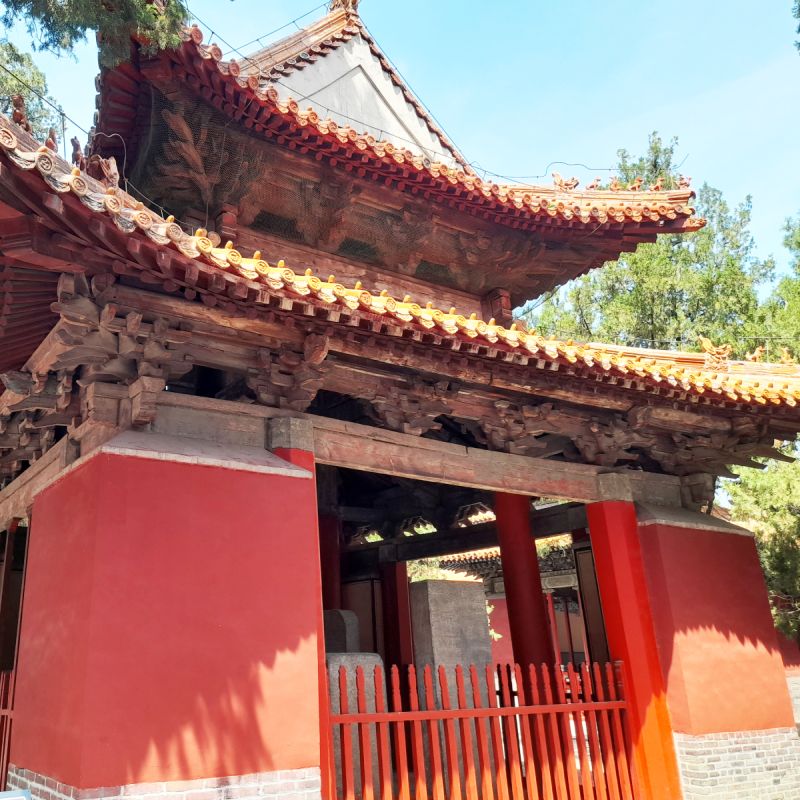
What kinds of travelers would enjoy the Temple and Cemetery of Confucius and the Kong Family Mansion?
Travelers interested in China’s history, Confucius, and traditional Chinese art and architecture would definitely enjoy visiting. The area is easy to explore on foot, and many of the ancient buildings are remarkably well preserved.
Book a walking tour of the Three Confucian sites.
Tips for visiting the Three Confucian Sites
You could visit all three sites in about 3-4 hours, though your ticket is valid for two days if you purchase the combined ticket (140 yuan for all three sites). The ticket allows one entry to each site; once you enter, you cannot re-enter later.
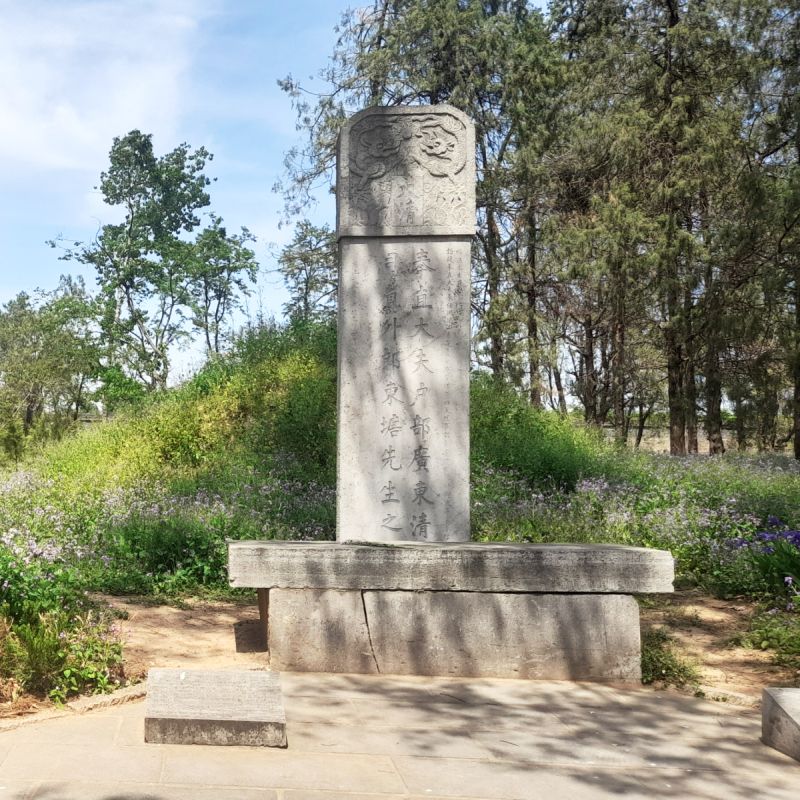
Two of the sites – the Temple of Confucius and the Kong Mansion – are adjacent to each other, while the Confucius Cemetery is a short ride away. I took a Chinese-style one-person tuk-tuk from the Kong Mansion to the cemetery for 10 yuan. Horse-drawn carriages and taxis are also available.
Summer travelers: bring mosquito spray, as you’ll be visiting a forested area. Use sunscreen and wear a hat and lightweight protective clothing. Comfortable walking shoes are sufficient; no hiking gear is needed.
Food and drinks: Bring water and a few snacks for convenience. While there are food stalls and restaurants near the entrances, options are limited inside the sites.
Book your Qufu accommodations here, or use the map below:
Where are the Three Confucian Sites?
The Three Confucian Sites are located in Qufu, a town about 155 kilometers (96 miles) south of Jinan, the capital of Shandong Province.
Addresses:
- Temple of Confucius: No. 18, Gulou North Street, Qufu, Jining City, Shandong Province, China
- Kong Mansion: No. 1 Da Cheng Road, Qufu, Jining City, Shandong Province, China
- Confucius Forest: No. 4, Gulou North Street, Qufu, Jining City, Shandong Province, China
You can reach Qufu by high-speed train from major cities like Beijing (2 hours 23 minutes on the fastest connection) and Shanghai (3 hours 26 minutes on the fastest connection). The high-speed train station is called Qufu East (曲阜东). From there, take a taxi to the Temple of Confucius, a good starting point for your visit.
Parking is available across the city.
For more information about the Three Confucian Sites, including opening hours and admission fees, check Qufu Tourism’s website.
Have you been to any of the Three Confucian Sites? If so, do you have any additional information or advice about this UNESCO World Heritage site? Please add your comments below!
